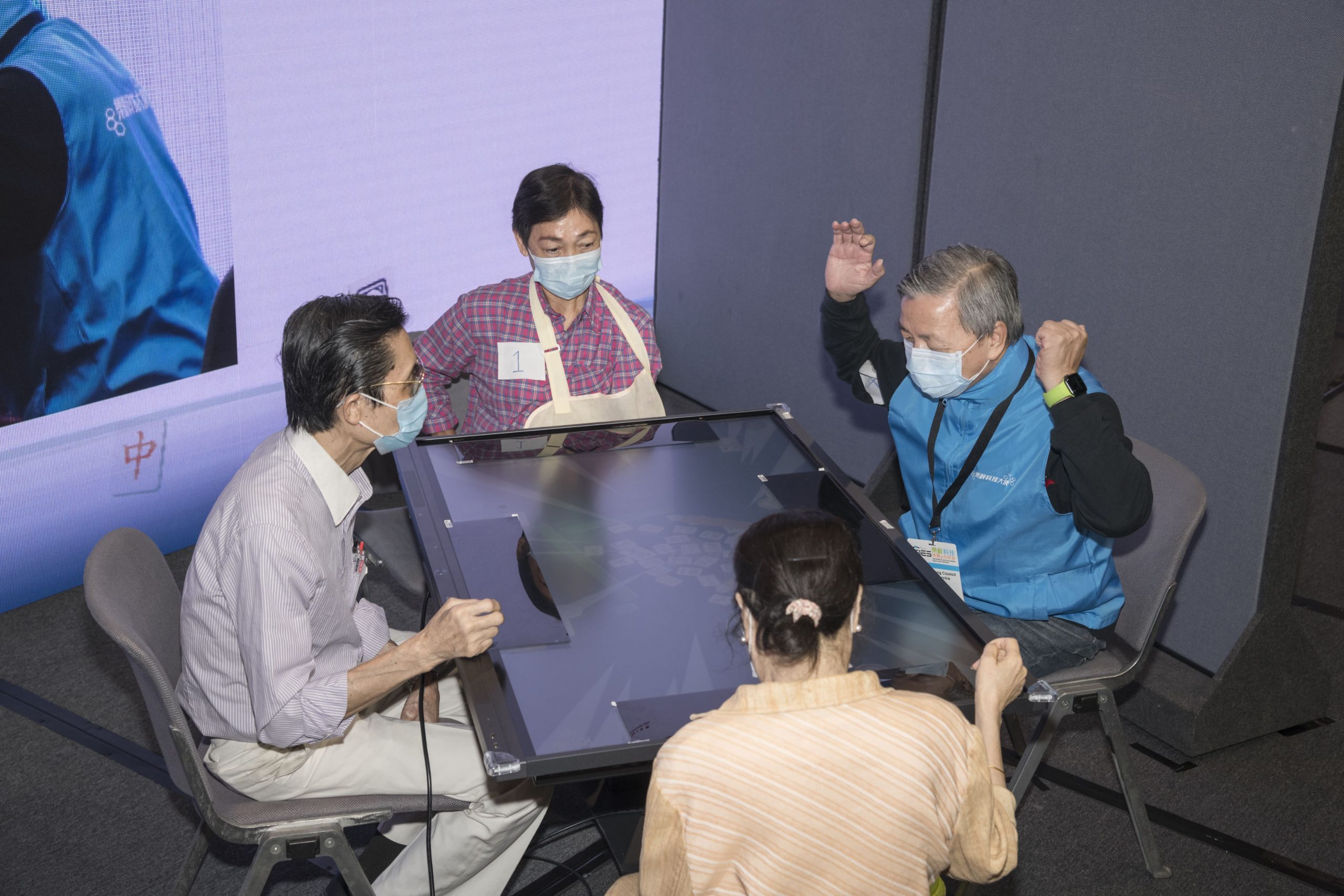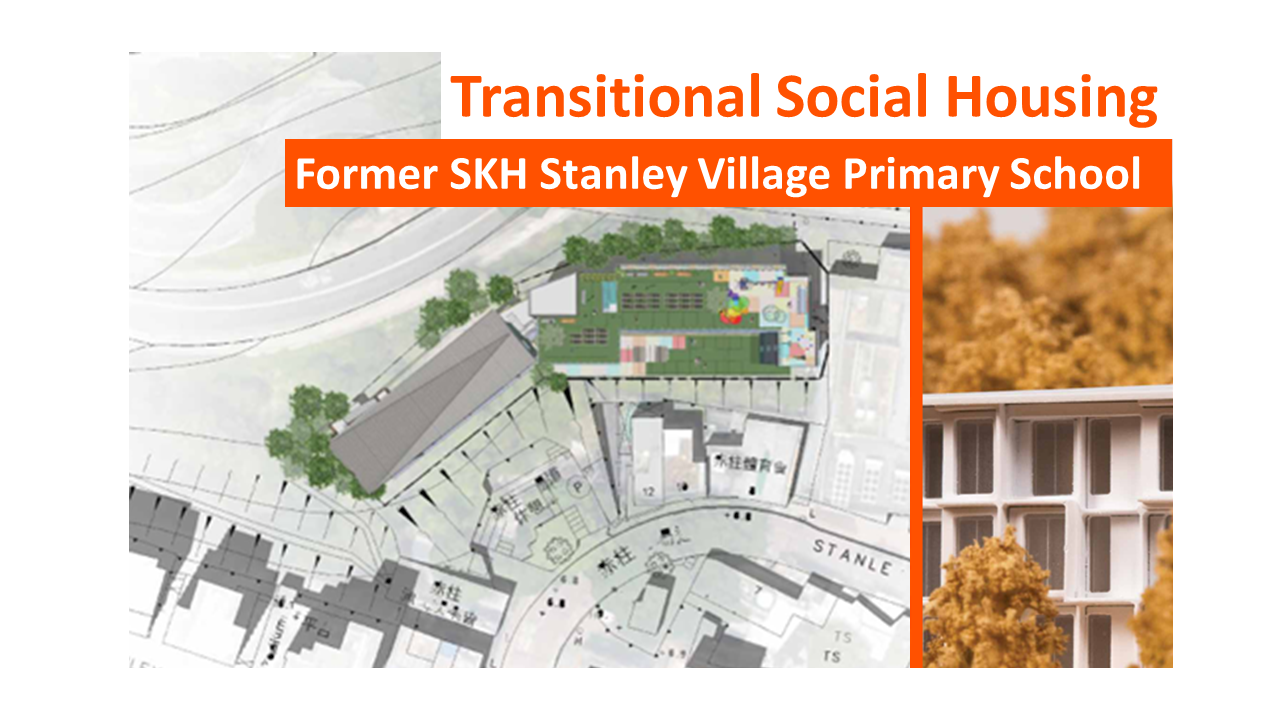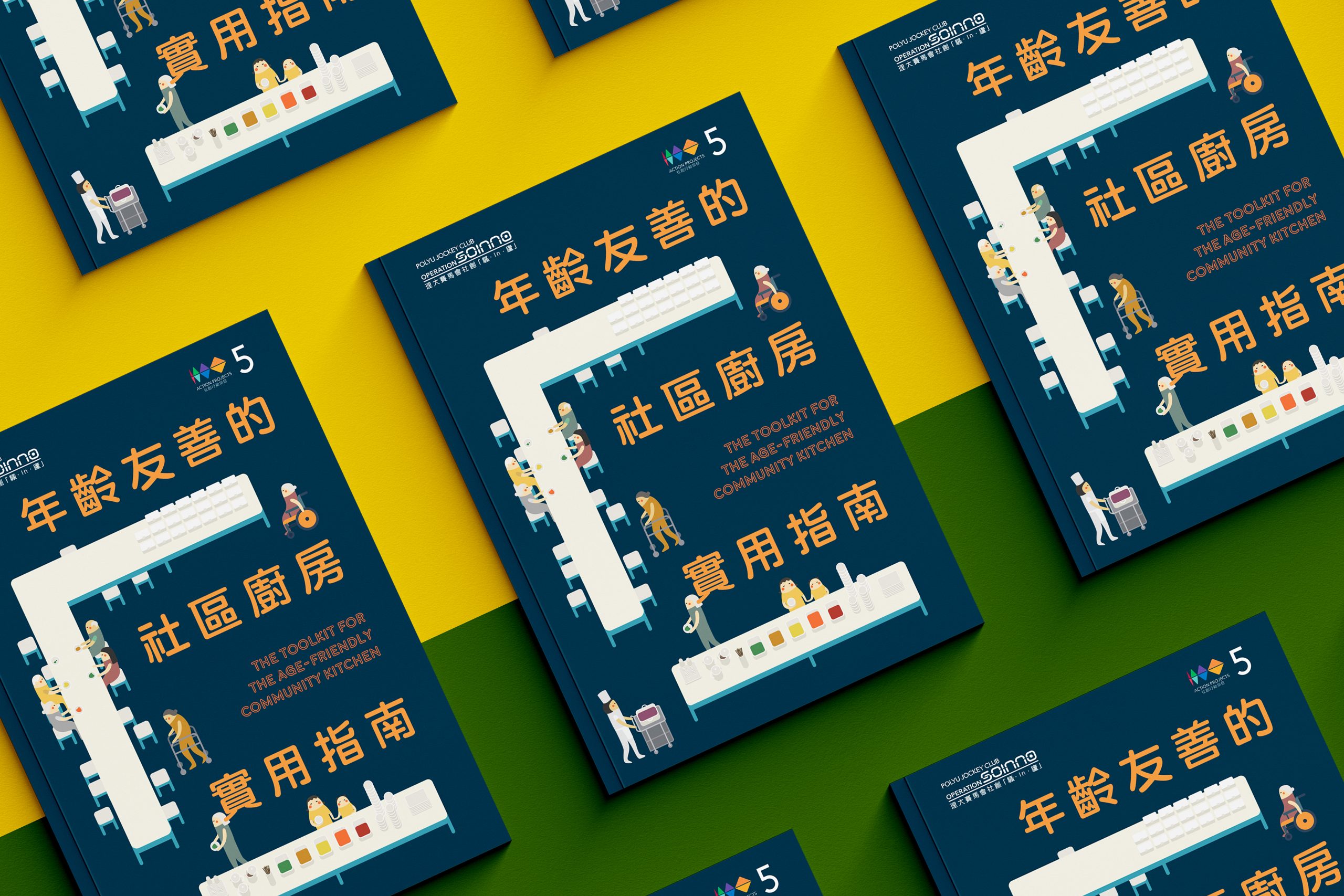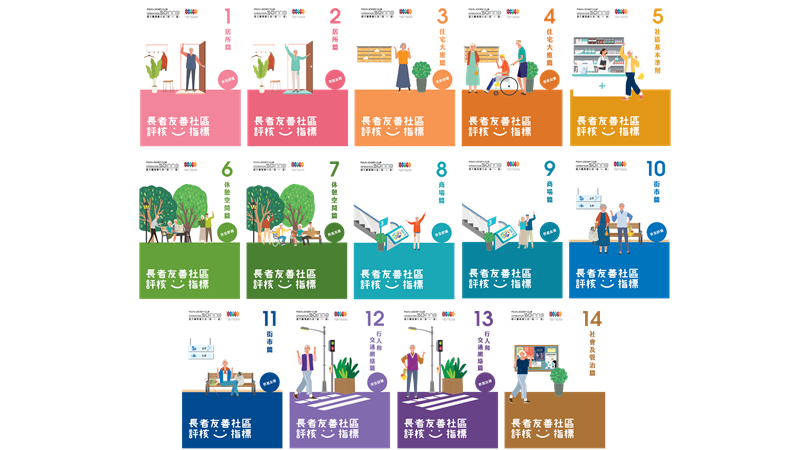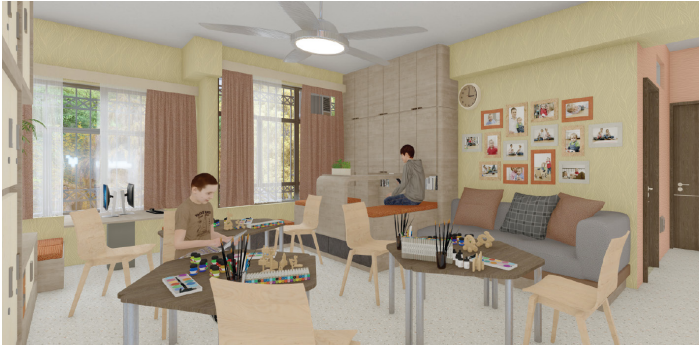Overview
It is often said that playing card games can help prevent dementia in the elderly. But what if there aren’t enough players for a game? Is there a way for elderly friends to enjoy the fun of Mahjong and exercise their brains at the same time?
Local medical technology company “Medmind Technology” introduced a game application called “NeuroGym” in 2019, which assists the elderly in brain training and provides a means for caregivers to understand the cognitive condition of patients with cognitive impairment. The application features a variety of games designed for different therapeutic purposes, including the classic and popular game of Mahjong, allowing the elderly to “combine brain training with entertainment.” The scores achieved by the elderly in the games are converted into cognitive data, enabling caregivers at care facilities to understand the users’ cognitive status.
The Outcomes
Due to the popularity of Mahjong among the local elderly population, using Mahjong as a brain training tool through the NeuroGym application has been well-received in the market. It has been adopted by over 100 platforms and social welfare organisations, benefiting more than 20,000 elderly individuals. Caregivers have reported that the game effectively helps them monitor the six cognitive abilities of the elderly: memory, attention, executive function, visual, spatial perception, hand-eye coordination, and language skills. The application visualises the data of users’ different abilities, enabling caregivers to provide targeted treatments and training. The effective monitoring system also helps facility staff allocate manpower and time resources, prioritising support for more severe cases. In addition to the Mahjong game, NeuroGym also offers five other different games catering to individuals with intellectual disabilities and those in psychiatric rehabilitation.



The Process
Inspiration
The project leader had previously worked in a psychiatric pharmaceutical company and realised that medication alone was not sufficient to cure cognitive impairment. Additionally, he observed that elderly individuals generally had limited knowledge about cognitive impairment and often missed the best timing for treatment due to stigma and reluctance to seek help. Consequently, he decided to use games as a medium to provide brain training and preventive tools for the elderly, while collecting cognitive data through gameplay to facilitate medical professionals in monitoring the conditions of the elderly. Before embarking on development, the team conducted nearly 50 interviews with elderly individuals to understand their needs and desires regarding games and digital applications. The team ultimately decided to focus on Mahjong as the initial theme.
Ideation
During the conceptualisation stage, the team initially positioned the product as a tool to replace traditional questionnaire screening by collecting data on the elderly’s response speed, reaction time, and other factors to assist in diagnosing cognitive impairment. However, the team realised that data collected by the game was not rigorous enough to be used as a medical diagnosis. Therefore, the product was repositioned as a tool for preventing cognitive impairment and for brain training. The selection of the specific game to serve as the entry point also underwent different considerations. The team contemplated using Chinese chess, Milan chess, or even developing a new game. However, considering the lack of scientific research supporting the therapeutic effect of chess on cognitive impairment and the difficulty for elderly individuals to relearn game rules, they ultimately chose the most popular game among the elderly—Mahjong.
Implementation
It took the team one year to complete the project, including conceptualisation, data collection, interviews with the elderly, and game prototype development. During the development process, the team noticed that other products targeting the elderly often overlooked the user experience, interfaces that seem natural to digitally competent individuals could pose as barriers for the elderly. To address this, the team incorporated the perspective of the elderly into the design process, continuously refining different details. For example, they enlarged the font size, placed important buttons in prominent positions, used stronger colour contrasts, and added cartoon images for easier identification. The team also took into account the varying skill levels of Mahjong players among the elderly and added a difficulty adjustment function to balance the gameplay for players with lower skill levels, ensuring a fair experience for everyone.





